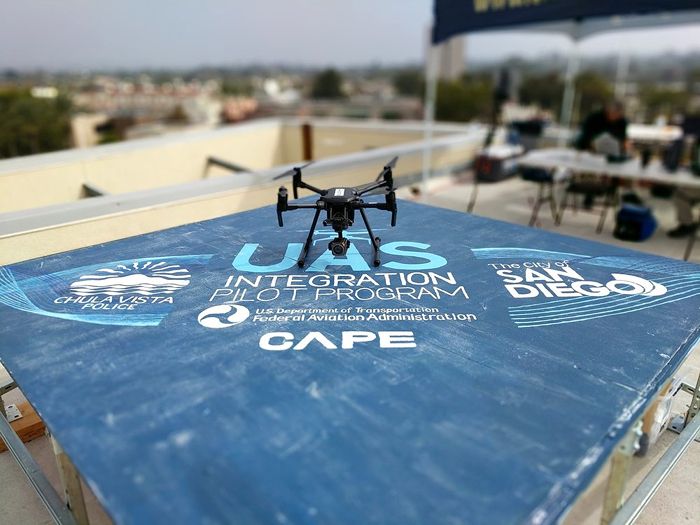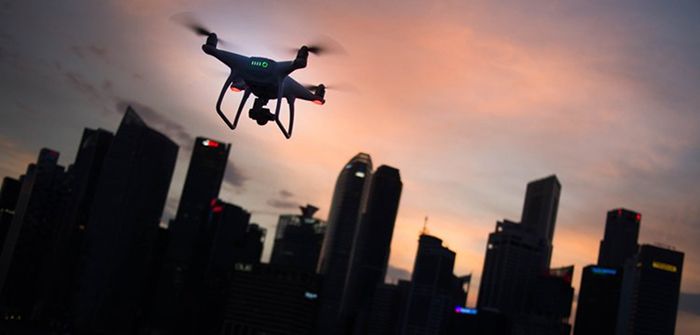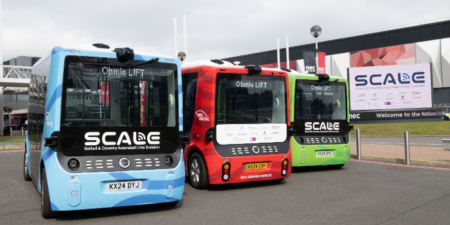One of the leading developers of cloud platforms for drone telepresence and data management, Cape, and the Chula Vista Police Department (CVPD) have announced the early results from their Drone as a First Response (DFR) program.
Part of the San Diego Unmanned Aircraft Systems (UAS) Integration Pilot Program (IPP) in California, the Chula Vista trials were launched in October 2018. Since then, drones equipped with the Cape Aerial Telepresence platform have conducted more than 282 flights, accounting for more than 75 hours of flight time without incident, and have contributed to 20 arrests.
In partnership with Cape, CVPD is the first agency in the USA to pioneer the Drone as a First Responder model, integrating drones into daily emergency response operations. Opting to use Cape-enabled drones proactively in emergency situations versus traditional reactive response and support efforts, CVPD is unlocking the full potential of drones as a true first responder.
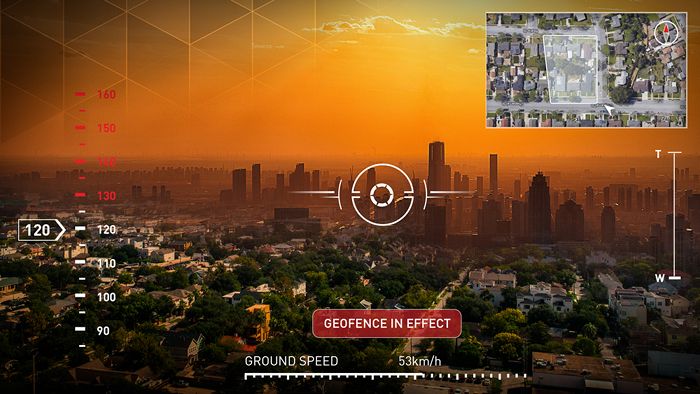 In the first four months of the deployment, the drones have proven to increase situational awareness, increase the safety of officers and surrounding community, and to better inform decisions and manage resources through real-time aerial data.
In the first four months of the deployment, the drones have proven to increase situational awareness, increase the safety of officers and surrounding community, and to better inform decisions and manage resources through real-time aerial data.
As part of the program, Cape-enabled drones are dispatched to high-priority calls such as crimes in progress, fires, traffic incidents and reports of dangerous subjects, in close proximity of the CVPD headquarters, which is one of the heaviest call sectors in the city.
After being launched, the drone’s onboard camera live streams HD video to the teleoperator in the command center, who can maneuver the drone and the camera remotely in real time in order to gain the exact visibility needed, and communicate with the units in the field to give them information and tactical intelligence about what they are responding to.
With the drone typically arriving on scene well before responding ground units, the command center can better identify and dispatch needed resources to the scene. The gain in response times is especially beneficial in road traffic accidents where medical aid can be summoned quicker, and the resulting congestion managed better.
Responding officers can also view the live stream en route to the scene on their mobile devices, giving them full visibility of the situation to which they are responding. Currently, the drones serve as active responders for upwards of 10 hours per day, four days a week, with plans to increase over time.
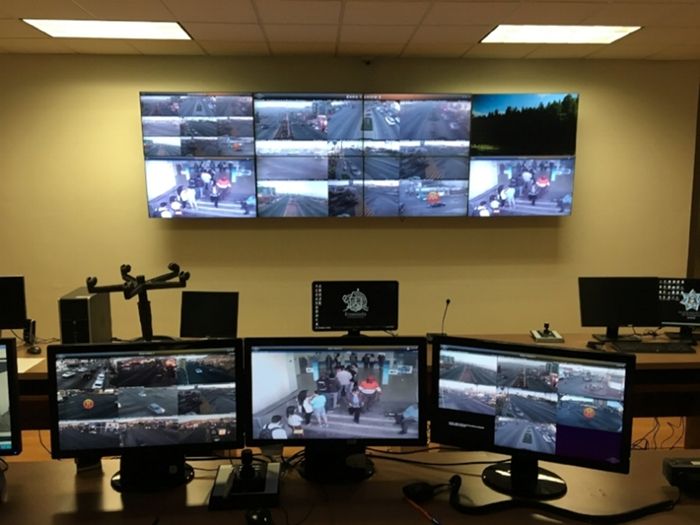 “Since launching the DFR program, it is already having a significant impact on operations and resource management. Real-time aerial visibility is critical when informing decisions, and in an emergency situation, is vital to the safety of our officers and citizens,” said Roxana Kennedy, Chula Vista’s Chief of Police.
“Since launching the DFR program, it is already having a significant impact on operations and resource management. Real-time aerial visibility is critical when informing decisions, and in an emergency situation, is vital to the safety of our officers and citizens,” said Roxana Kennedy, Chula Vista’s Chief of Police.
“We’re looking forward to continuing our work with Cape, and expanding the DFR program to use drones to improve safety and efficiency, and reduce crime in Chula Vista. These early results are already proving the impact of the Drone as a First Responder model, and it’s an honor to be a part of shaping the future of drone integration in the USA.”
